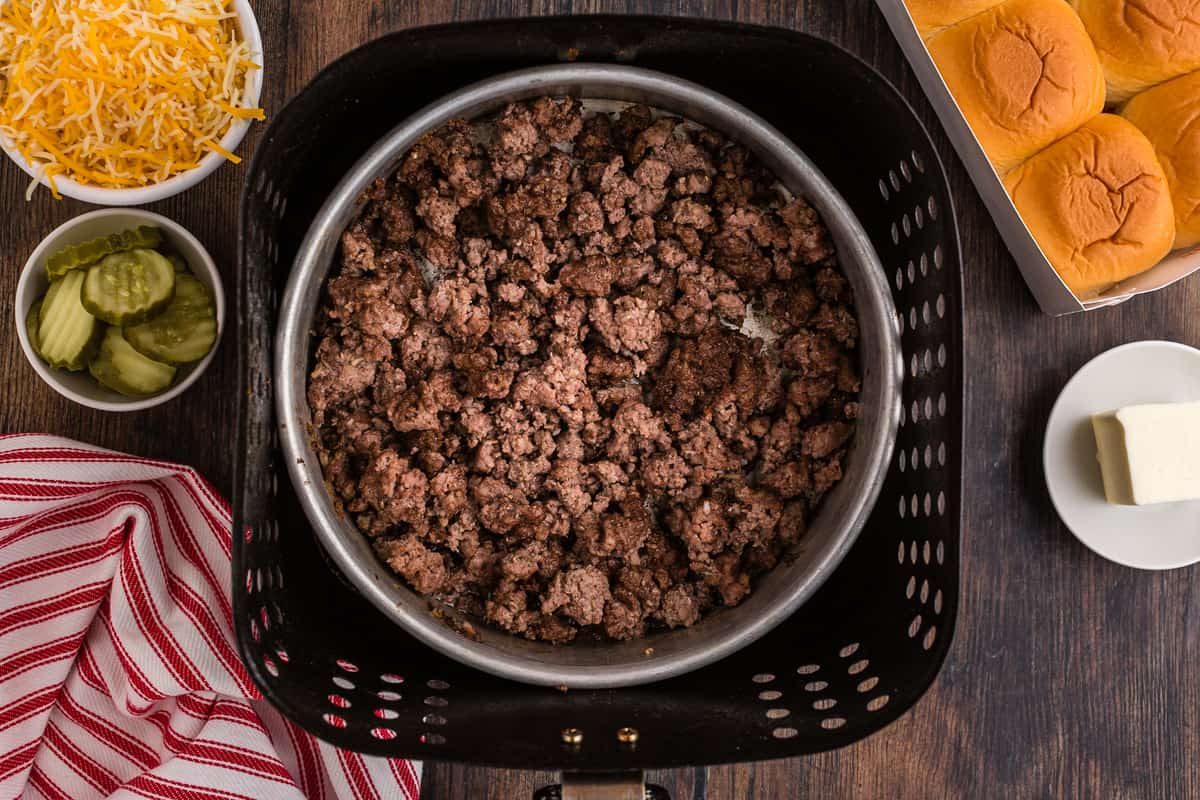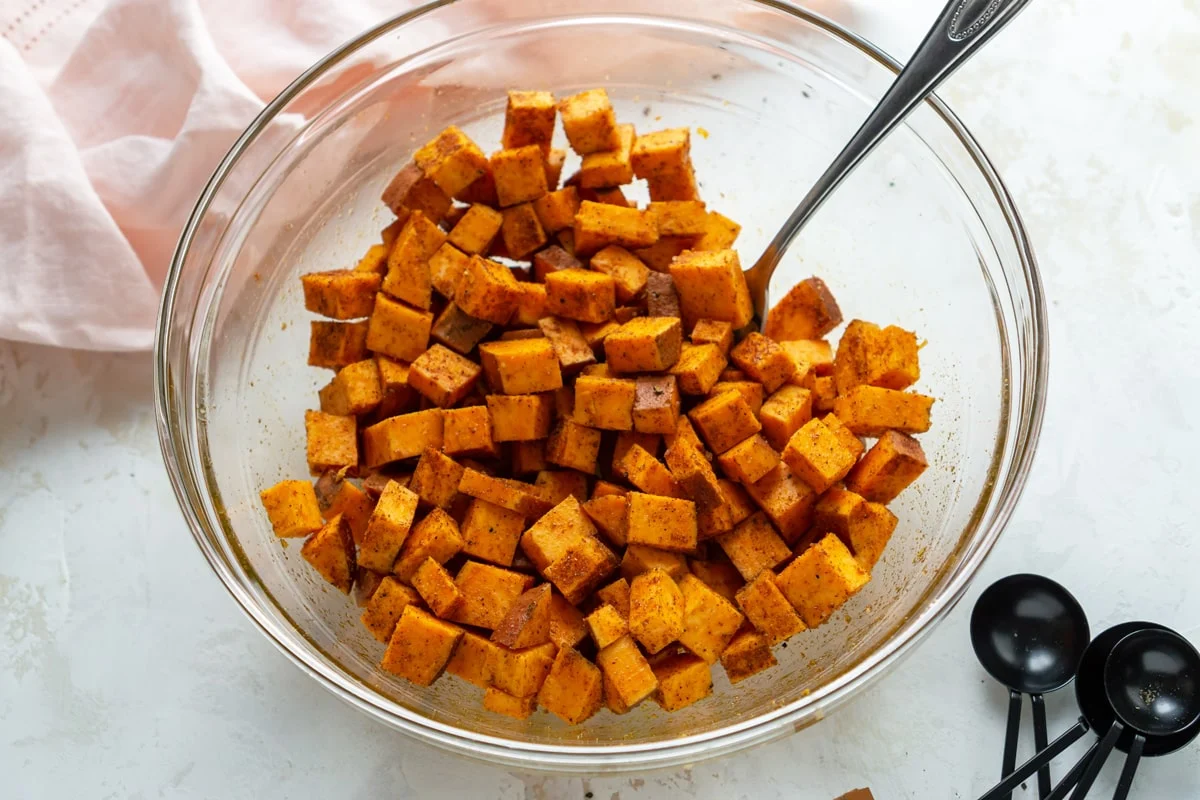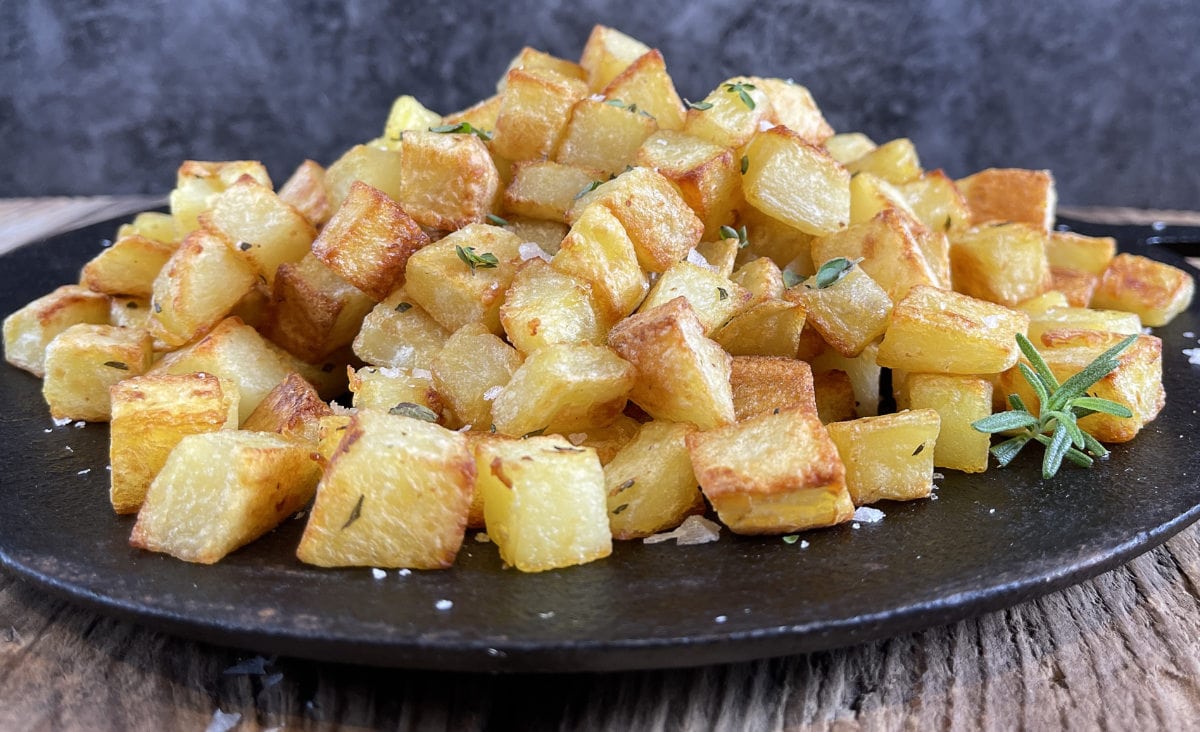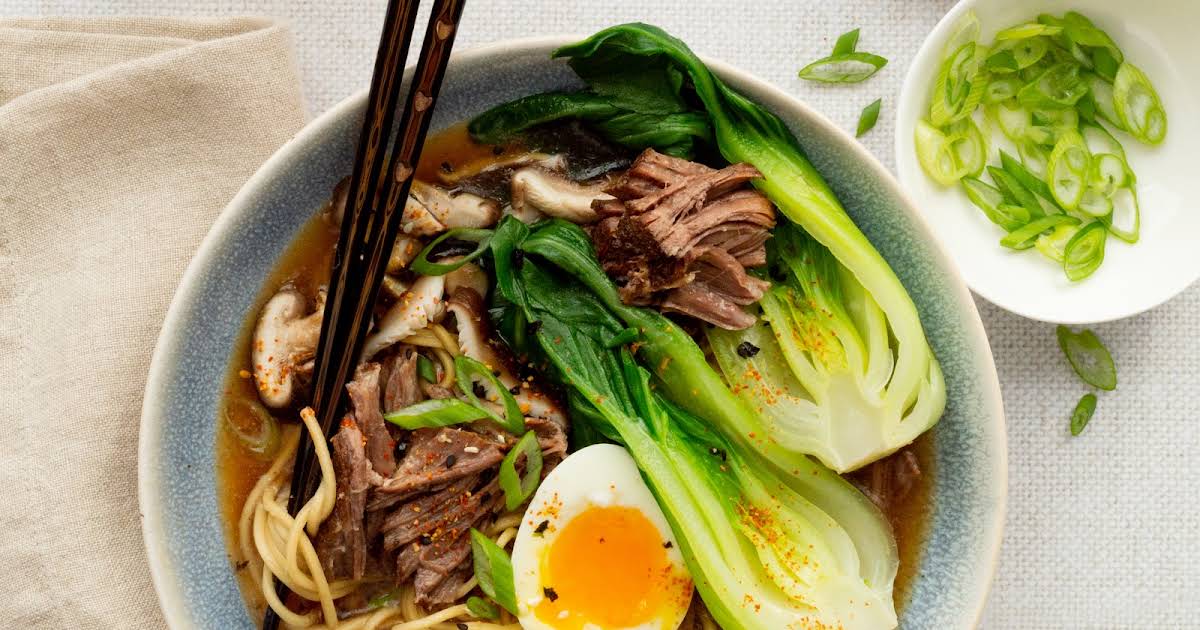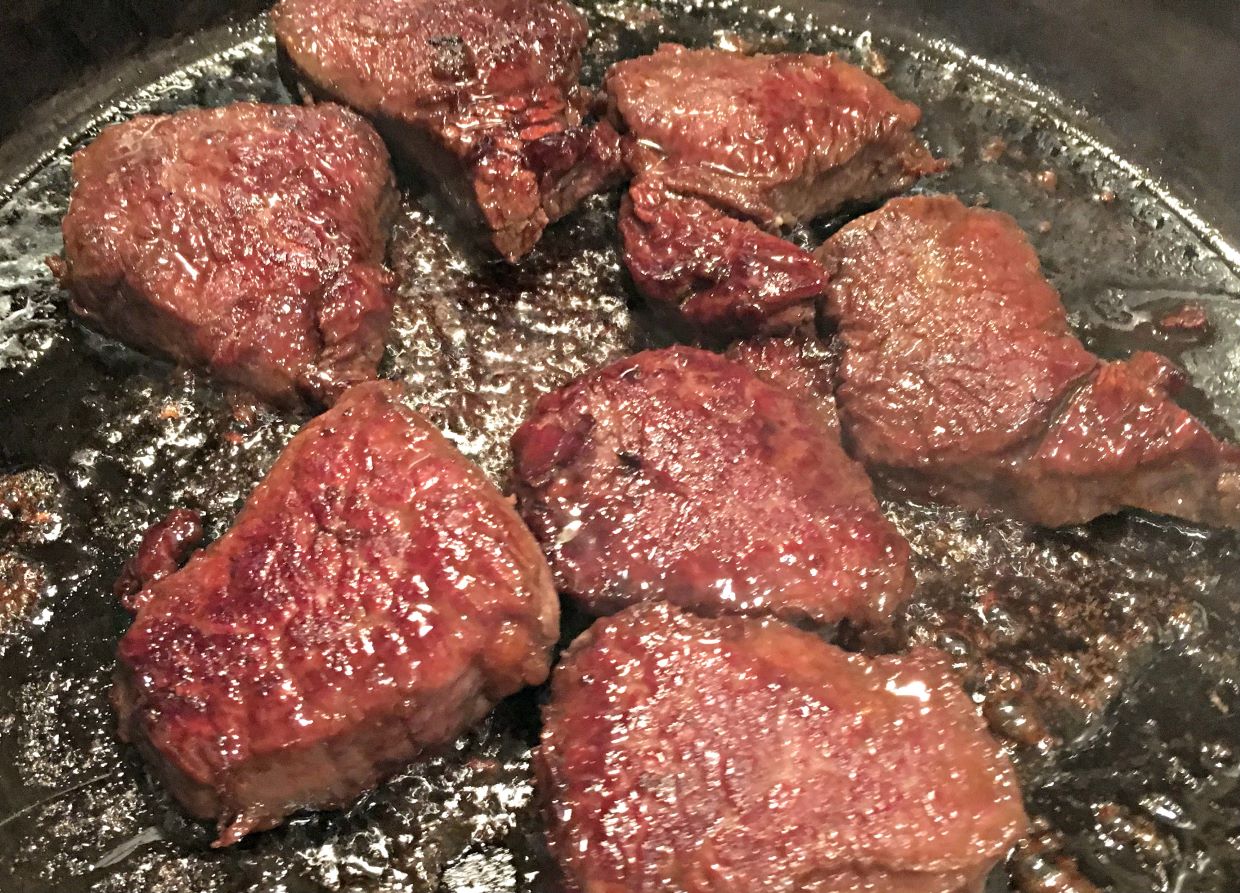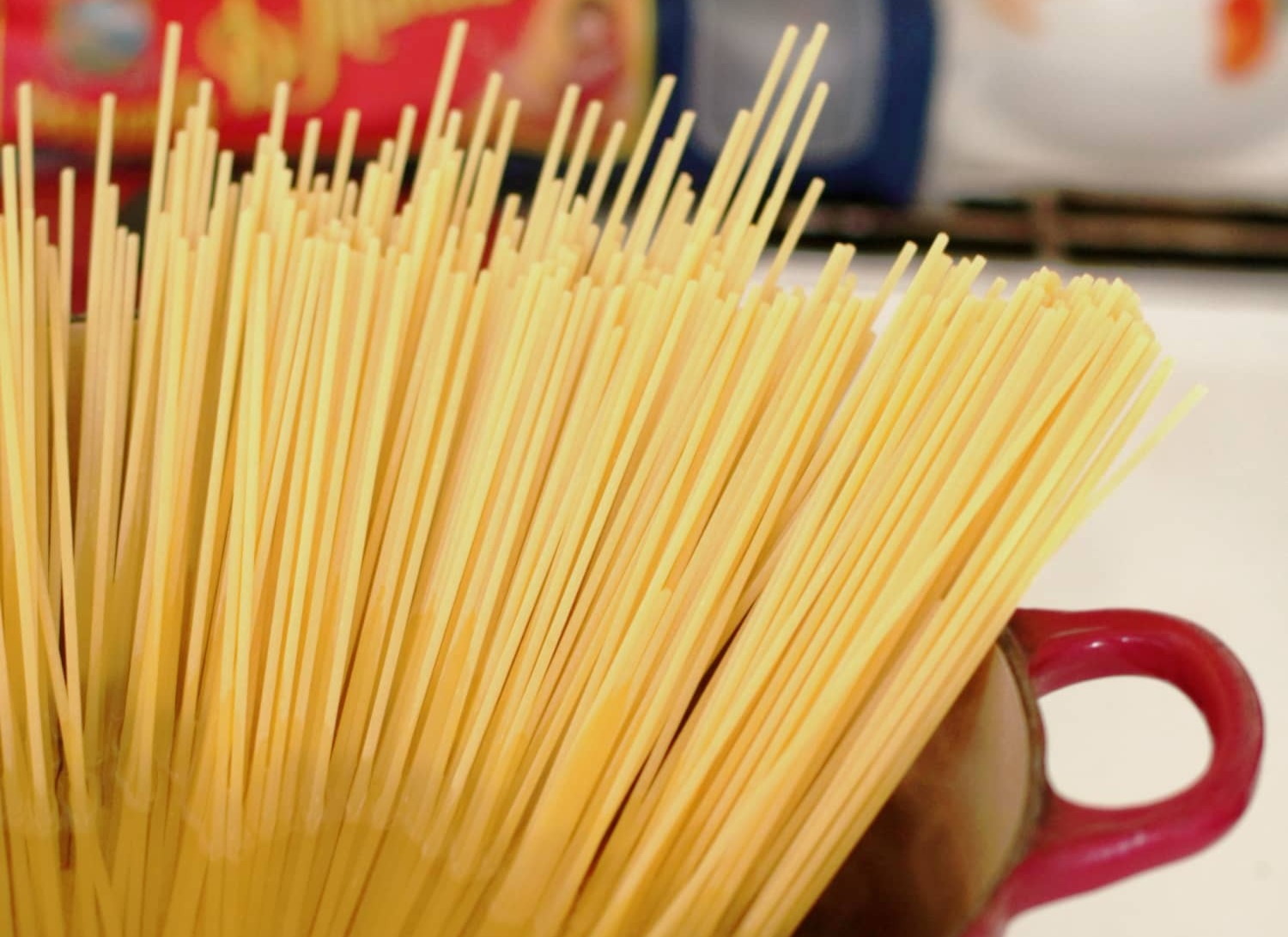How To Cook Seafood Mushrooms: A Delectable Delight
Seafood mushrooms are not only a nutritious choice but also a flavorful addition to any meal. With their unique texture and earthy taste, they are a treat for the taste buds. Whether you are a seafood lover or a mushroom enthusiast, learning how to cook seafood mushrooms will open up a world of culinary options.
1. Selecting the Perfect Seafood Mushrooms
When it comes to seafood mushrooms, freshness is key. Look for mushrooms that are firm, with a smooth surface and no signs of discoloration or sliminess. The most common varieties used in seafood dishes include oyster mushrooms, shiitake mushrooms, and enoki mushrooms. You can find these mushrooms at your local farmer’s market or grocery store.
2. Preparing the Seafood Mushrooms
Before cooking seafood mushrooms, they need to be properly prepared. Follow these simple steps to ensure that your mushrooms are clean and ready to be cooked:
- Start by gently wiping the mushrooms with a damp cloth or paper towel to remove any dirt or debris.
- Trim the tough ends of the mushroom stems, if necessary.
- Slice the mushrooms according to your preference – whether you prefer them diced, sliced, or left whole.
3. Exploring Cooking Techniques for Seafood Mushrooms
Seafood mushrooms can be prepared using various cooking techniques, each bringing out their distinct flavors and textures. Here are a few popular methods:
Sautéing:
Heat a tablespoon of olive oil or butter in a pan over medium heat. Add the mushrooms and cook until they become tender and slightly golden brown. Season with salt, pepper, and any herbs or spices of your choice.
Grilling:
Preheat your grill to medium-high heat. Brush the mushrooms with olive oil and season with salt and pepper. Grill the mushrooms for a few minutes on each side until they are nicely charred and cooked through.
Stir-frying:
Heat a wok or large skillet over high heat. Add a tablespoon of high-heat cooking oil, such as peanut or sesame oil. Toss in the mushrooms and stir-fry for a few minutes until they are tender-crisp. Season with your preferred sauces, such as soy sauce or oyster sauce.
4. Pairing Seafood Mushrooms with Delicious Dishes
Seafood mushrooms are incredibly versatile and can be incorporated into a wide range of dishes. Here are a few ideas to inspire you:
- Add sautéed seafood mushrooms to pasta dishes for a hearty and flavorful twist.
- Top grilled seafood mushrooms on burgers or sandwiches for a savory touch.
- Toss stir-fried seafood mushrooms with noodles and vegetables for a quick and nutritious meal.
- Include seafood mushrooms in creamy soups or stews to enhance the taste and add texture.
5. Enjoying the Fruits of Your Labor
Once your seafood mushrooms are cooked to perfection, it’s time to savor the delicious flavors you’ve created. Enjoy them as a side dish, a component of an entrée, or even as a standalone snack. Let your culinary creativity run wild!
Now that you know how to cook seafood mushrooms, don’t hesitate to experiment with different flavors and cooking techniques. These versatile fungi can elevate any dish and provide a unique seafood-inspired twist. So go ahead, explore the world of seafood mushrooms and embark on a flavorsome culinary adventure!
Explore More Delicious Recipes and Uses
After mastering the basics of cooking seafood mushrooms from the guide, readers can elevate their kitchen experiments by diving into a variety of specialized recipes. For a rich and creamy dish, the Seafood Mushroom Pasta Alfredo is highly recommended; its luxurious sauce pairs wonderfully with the delicate texture of the mushrooms. For those seeking a lighter fare, the Grilled Seafood Mushrooms with Garlic Butter offers a perfect blend of smoky and garlicky flavors, ideal for summer barbecues. Lastly, the Seafood Mushroom Tacos with Avocado Salsa are a must-try for anyone looking for a fresh and vibrant meal, combining the umami of mushrooms with the freshness of avocado salsa. Each of these recipes utilizes the unique qualities of seafood mushrooms, making them exciting dishes to try out and perfect your skills.
Was this page helpful?
Read Next: How To Cook Canned Mushrooms

